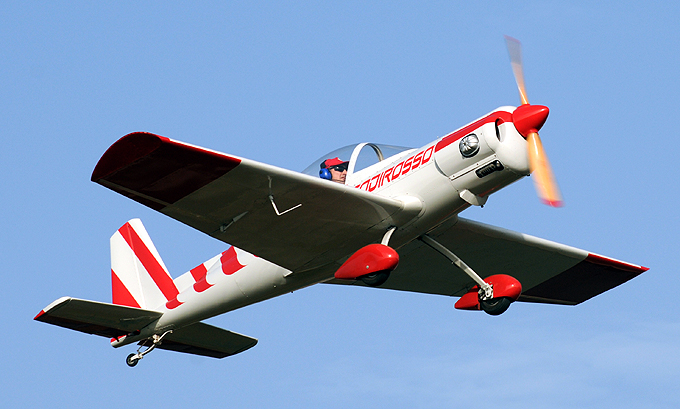The Italian Aerospace Information Web
by Aeromedia - corso Giambone 46/18 - 10135 Torino (Italy)

In the picture: Gritella Codirosso homebuilt I-A694, powered by a new 50 HP Citroën engine, over “I Rondoni” landing site (Caluso, Turin, Italy) in October 2012. (Aeromedia)
(Aeromedia, October 2012)